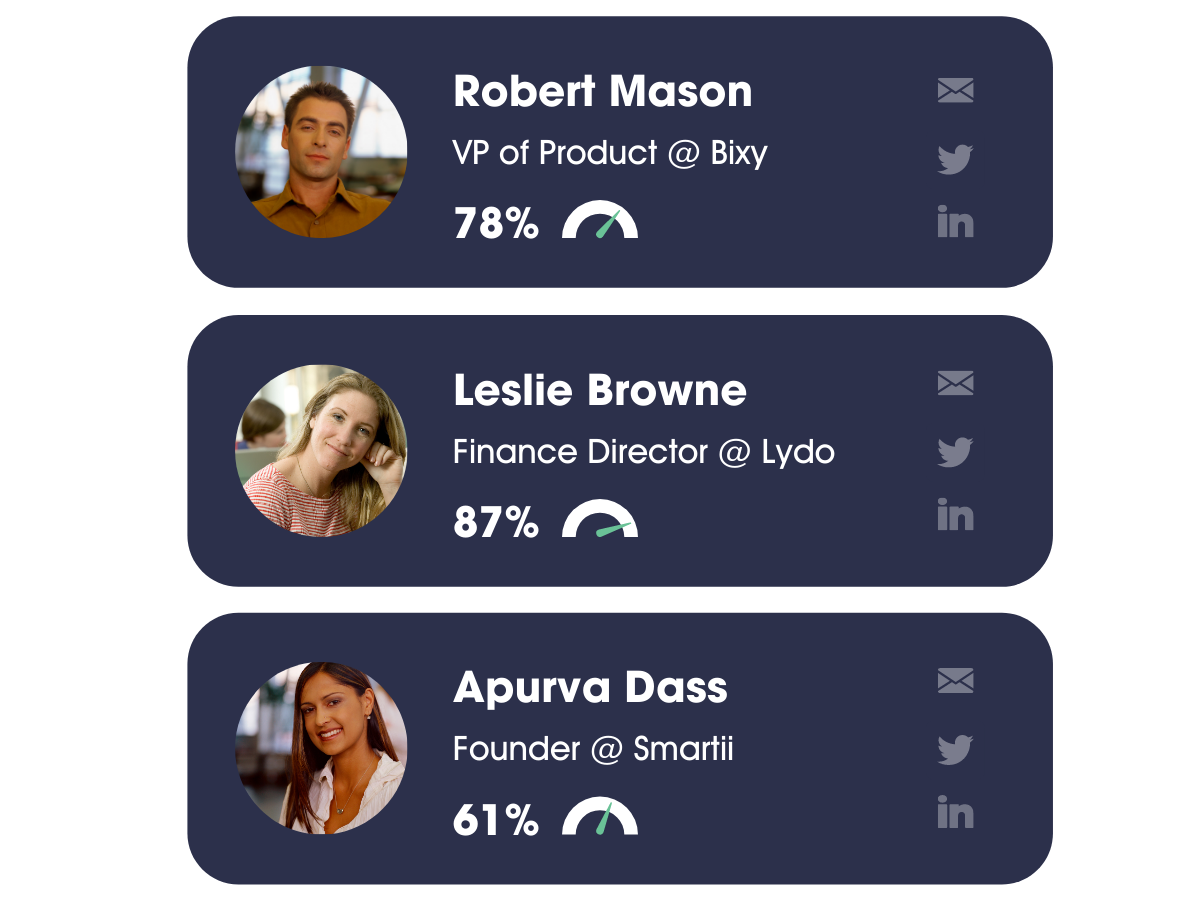

How Do We GrowSaaS Brands?
We combine qualitative and quantitative research to build a detailed picture of your customer and their path-to-purchase.
Then we create awesome content with our media partner GooodBro – for every step of that journey designed to grow your traffic, leads and revenue.
What Makes Us Different?
We believe that marketers get back the value they create for others. We win by helping others win.
That’s why we go further than other agencies to understand what your customer really wants and how you can help them.


Case Study
How We Generated 362 Quality Leadsin Six Months from One Report
Find out how we helped a pre-launch SaaS platform fill their pipeline and unlock 37 of the 100 companies on their target accounts list. .
Recommended
by
SaaS Founders and Marketers
Phil Atherton
Director, ISTORIA GROUP
These results are the best I've seen. I think it's the best marketing investment we've made as a group.

Jon Abbott
CEO, Threat Aware
I recommend Future Content to other B2B SaaS founders without reservation.

Aaron Slater
Head of Marketing, Solverboard
I’m looking at this very, very healthy pipeline and I can attribute 80-90% of it to Future Content.

GALLERY HERE
Leading The Digital Revolution
Let's Keep in Touch
Every other week we publish a new piece of in-depth, long form content that will help you get more traffic and leads from your marketing.
